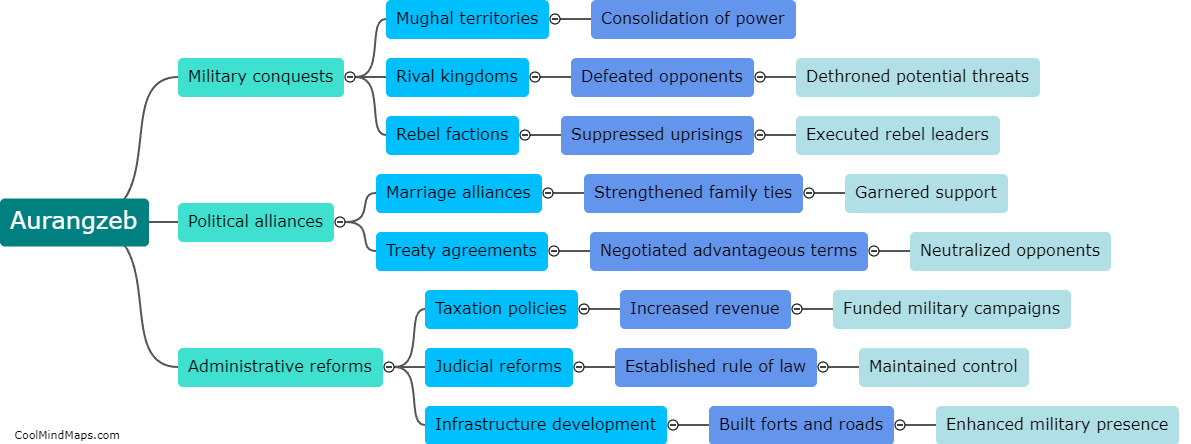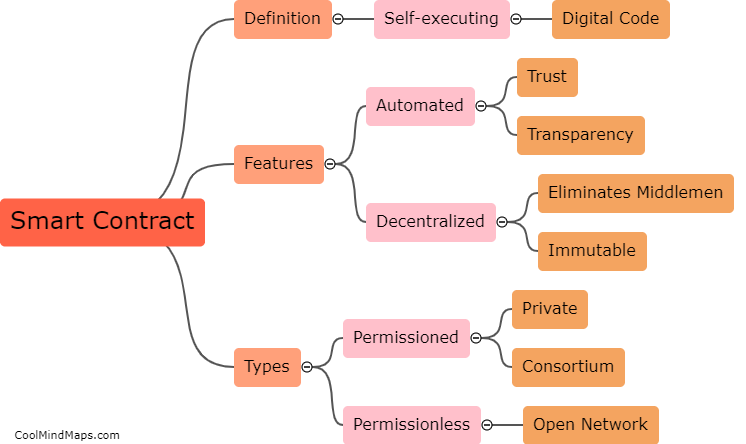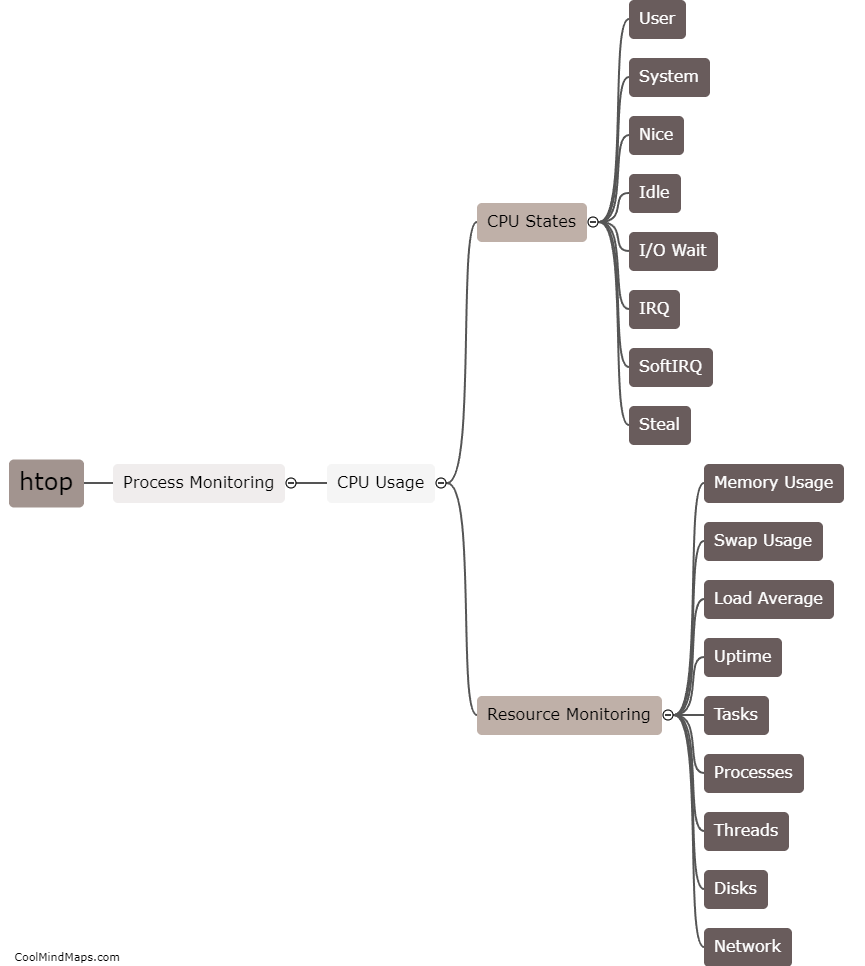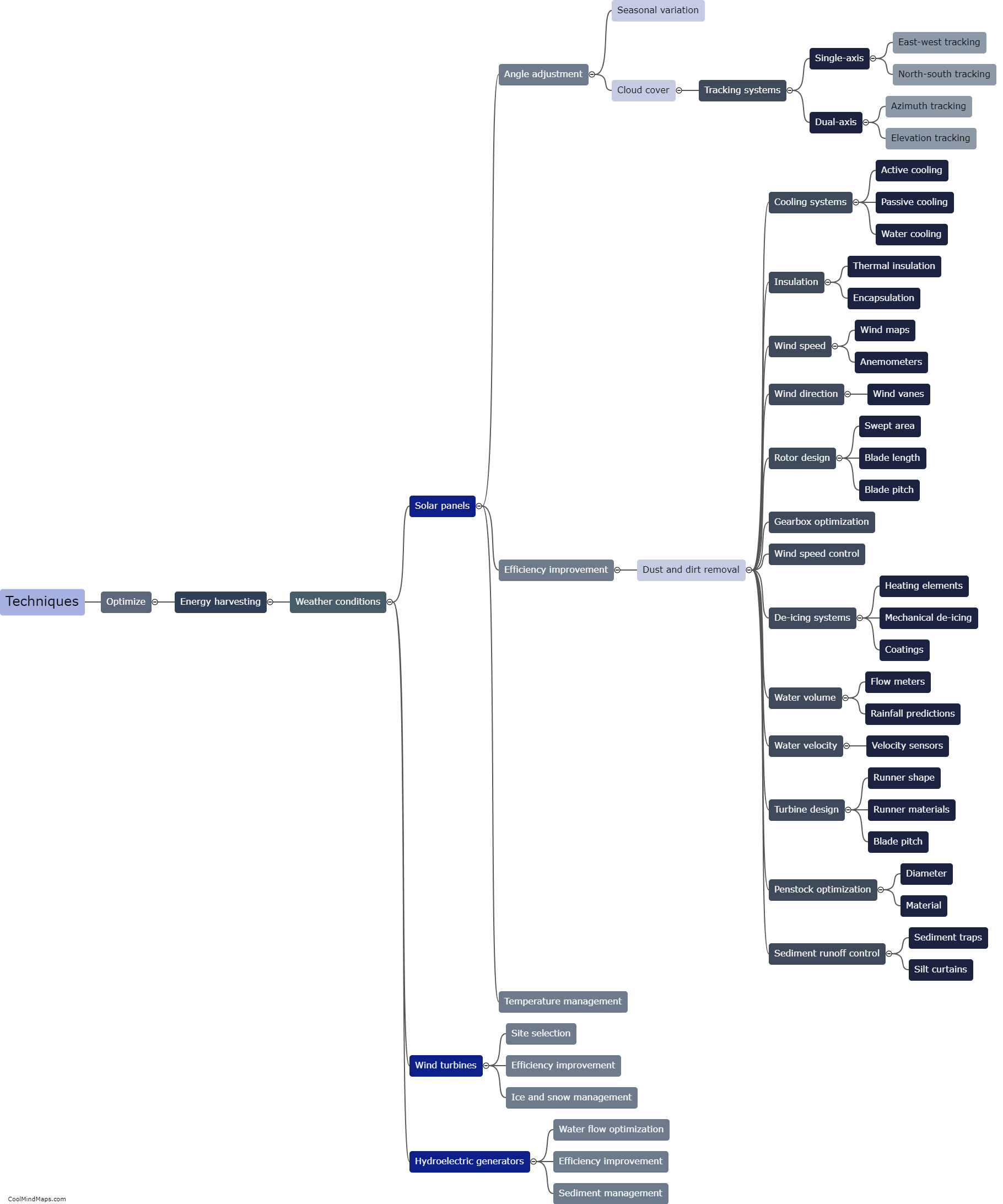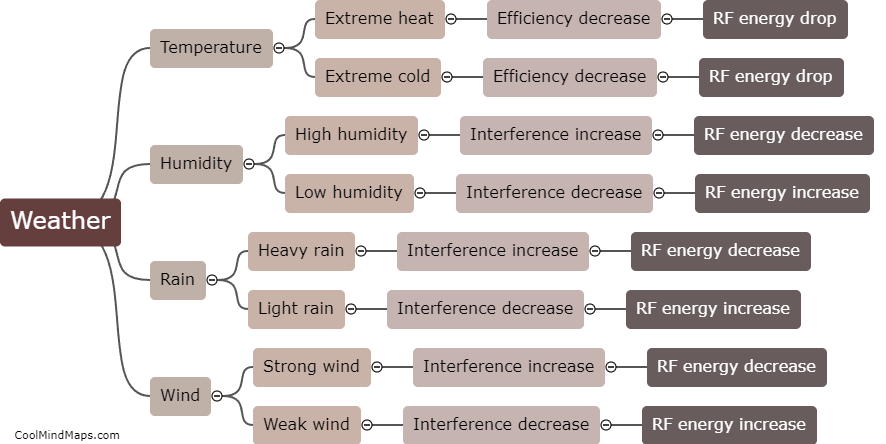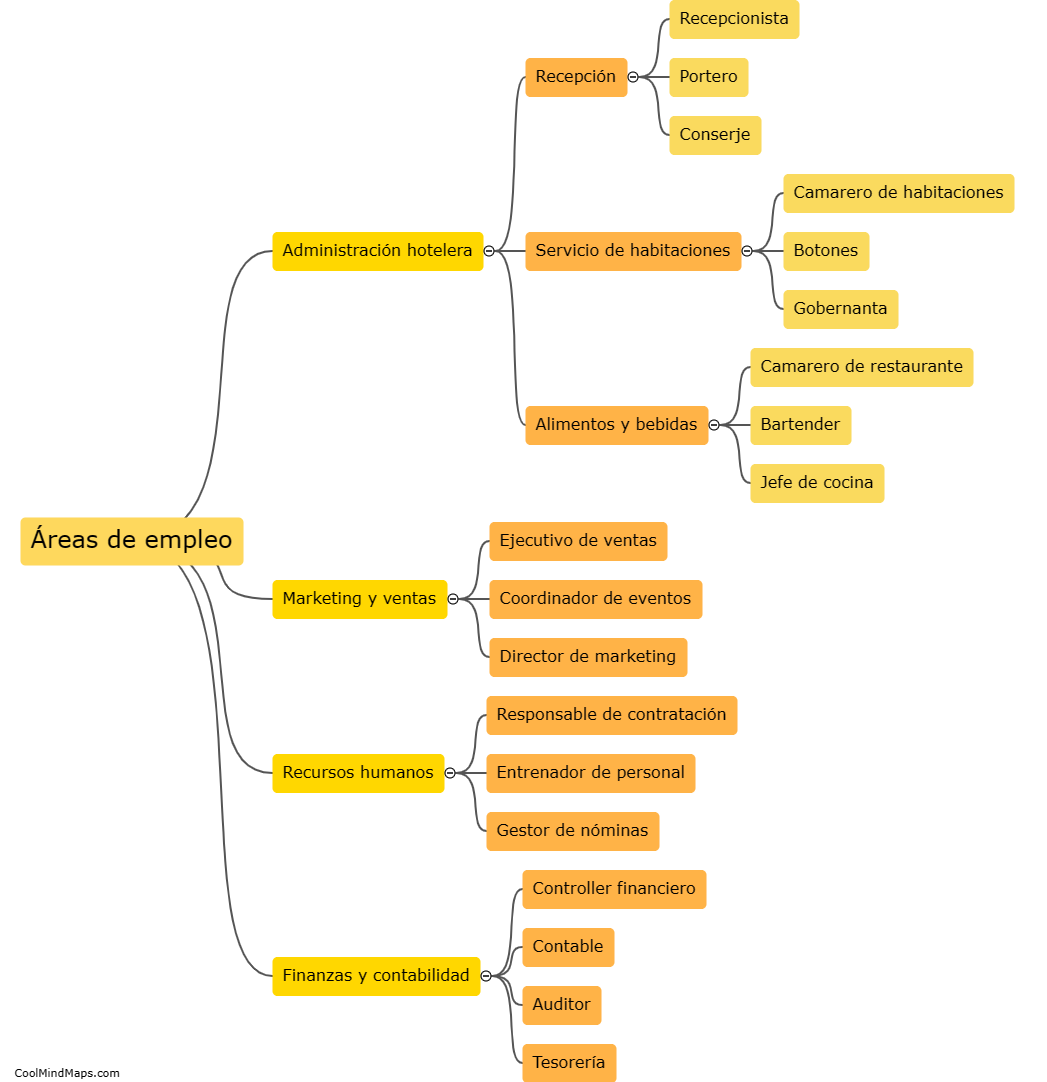Which techniques can improve RF energy harvesting in different weather conditions?
RF energy harvesting is a promising approach to power wireless devices, but its effectiveness can be significantly influenced by weather conditions. Several techniques can enhance RF energy harvesting in different weather conditions. Firstly, employing multiple antennas and adaptive beamforming techniques can improve the collection of radio frequency signals by dynamically adjusting the antenna's direction and focus. Additionally, using reflective surfaces and diffraction materials can enhance the reception of RF signals by minimizing signal losses due to water, snow, or fog. Moreover, optimizing the location and orientation of antennas considering the prevailing weather conditions can improve energy harvesting efficiency. Finally, implementing advanced signal processing algorithms, such as adaptive filtering and equalization, can compensate for the distortions caused by adverse weather conditions, thus enabling more effective energy harvesting from RF sources. These techniques collectively enhance the resilience and efficiency of RF energy harvesting in a variety of weather conditions, making it a more reliable and viable power source for various applications.

This mind map was published on 19 November 2023 and has been viewed 90 times.

